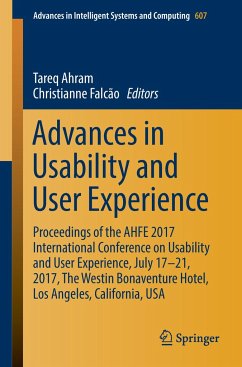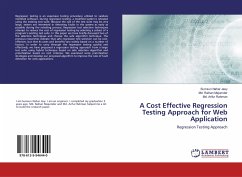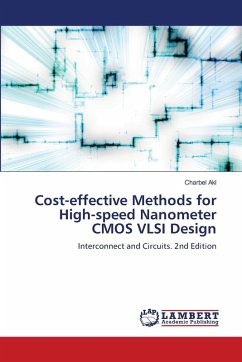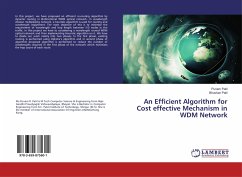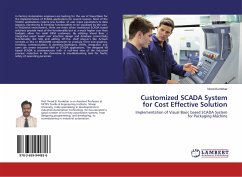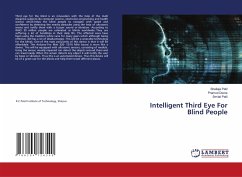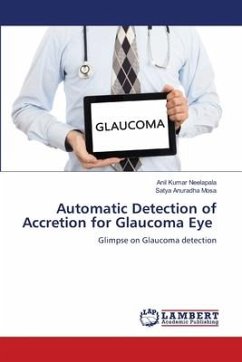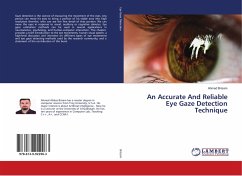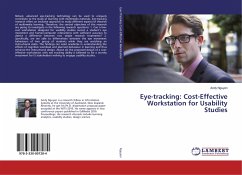
Eye-tracking: Cost-Effective Workstation for Usability Studies
Versandkostenfrei!
Versandfertig in 6-10 Tagen
33,99 €
inkl. MwSt.

PAYBACK Punkte
17 °P sammeln!
Robust, advanced eye-tracking technology can be used to uniquely contribute to the study of learning with multimedia materials. Eye-tracking research offers an exclusive approach to study different aspects of theories of multimedia learning. Therefore, the central objectives of this research are going to investigate in the following research questions: 1. Can a low-cost workstation designed for usability studies record a student's eye movement and human-computer interactions with sufficient accuracy to detect a difference between two simple research treatments? 2. Specifically, are we able to ...
Robust, advanced eye-tracking technology can be used to uniquely contribute to the study of learning with multimedia materials. Eye-tracking research offers an exclusive approach to study different aspects of theories of multimedia learning. Therefore, the central objectives of this research are going to investigate in the following research questions: 1. Can a low-cost workstation designed for usability studies record a student's eye movement and human-computer interactions with sufficient accuracy to detect a difference between two simple research treatments? 2. Specifically, are we able to differentiate between the eye movement behaviours of two group of students while they are watching an instructional video. The findings can assist academia in understanding the effects of cognitive workload and planned behaviour in learning and thus enhance the instructional design. Above all, the proposed design of a cost-effective workstation with eye tracking ability is believed to be a worthy investment for IS stakeholders wishing to engage usability studies.



